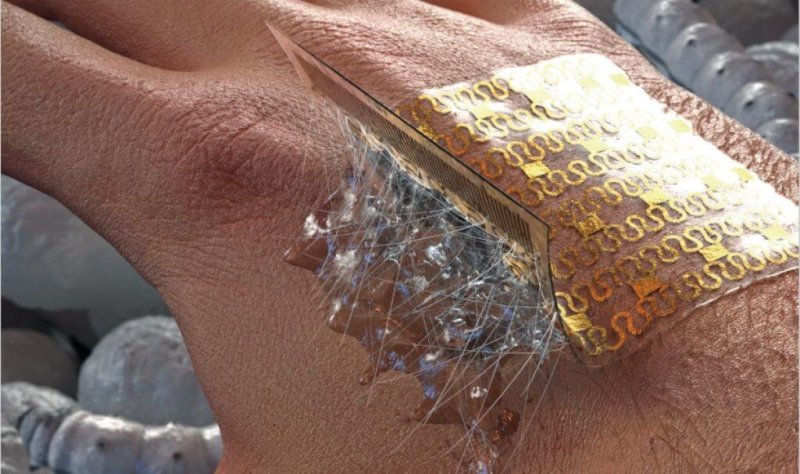Tucked away near a freight elevator along the clinical corridors of an upper floor is a solid black door, plain except for a stylized logo that reads simply: silklab. Inside is an impressive suite of laboratories filled with high-tech machinery.
…
Some creations are still too secret to photograph; others, encased for display like museum exhibits: bio-inks, wearable sensors, smart fabrics, mysterious vials of materials that look perhaps like rubber but with the strength of high-tensile engineering steel, biodegradable architecture, a skull that looks like it was made of sponge, prism-like light-reflecting mirrors, and transparent, iridescent films.
…
Whether from spiders or from worms, by learning from nature, [physicist Fiorenzo] Omenetto sees what he calls infinite scalable technology that we haven’t yet harnessed. Among materials from nature, including the natural nanotechnology used by plants his lab now studies, silk is central to a range of future technologies. Using this to reinvent electronic-human interfaces that can sense what is going on in the body is set to be the next big thing. “The fact that we start from a naturally based material drives us to put tech where tech normally doesn’t go,” he says. “It really brings biology and technology together.”
Read full, original post: The Future of Silk































